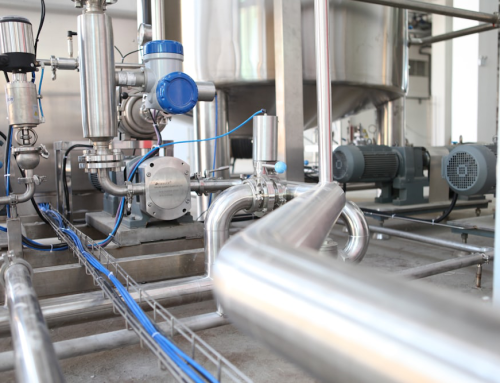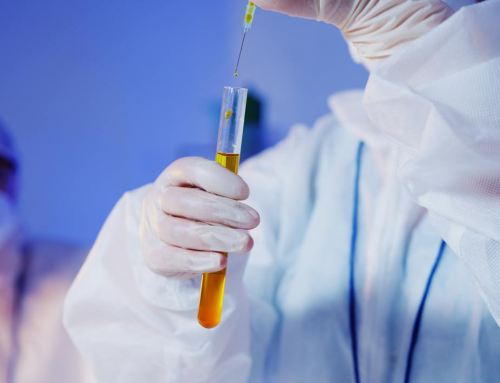Welcome to our comprehensive guide on safety tips for people working in confined spaces. As a dedicated first aid training and safety service, we understand the unique challenges and potential hazards associated with working in confined spaces. This blog will provide you with essential information and detailed safety tips to ensure the well-being of individuals working in these challenging environments.
Confined spaces pose inherent risks due to limited entry and exit points, restricted ventilation, and potential exposure to hazardous substances. It is crucial to prioritize safety measures and follow established protocols to prevent accidents, injuries, and life-threatening situations.
Now, let’s dive into the 10 safety tips that will help protect those working in confined spaces and ensure their safe return.
1. Identify and Assess Confined Spaces
Thoroughly identify and evaluate confined spaces in your work environment. Understand each space’s specific characteristics, potential hazards, and necessary precautions. Document these findings and communicate them to all relevant personnel.
2. Complete a Risk Assessment
Conduct a comprehensive risk assessment before entering any confined space. Identify and analyze potential hazards such as toxic gases, low oxygen levels, heat stress, physical obstructions, and potential engulfment risks. Consider environmental factors, equipment requirements, and emergency protocols to develop an effective safety plan.
3. Implement a Permit-to-Work System
Establish a permit-to-work system for confined spaces, ensuring proper authorization, documentation, and risk assessment processes are followed before entry. This system enhances communication, accountability, and coordination among workers, supervisors, and safety personnel.
4. Adequate Ventilation and Air Quality Monitoring
Maintain adequate ventilation to ensure a continuous supply of fresh air within the confined space. Regularly monitor air quality using appropriate gas detectors and instruments to identify any harmful gases or decreased oxygen levels. Test the atmosphere before entry and during the work process.
5. Provide Proper Personal Protective Equipment (PPE)
Equip workers with the appropriate PPE, including respiratory protection, protective clothing, safety harnesses, helmets, and safety glasses. Ensure that PPE is properly fitted, maintained, and used correctly by all workers entering confined spaces.
6. Establish Communication Systems
Establish reliable communication systems to maintain constant contact between workers inside and outside the confined space. This includes using two-way radios, signaling devices, or designated communication protocols to relay important information, warnings, and emergency alerts.
7. Train Workers in Emergency Procedures
Ensure that all workers receive comprehensive training in emergency procedures specific to confined spaces. This includes evacuation protocols, first aid and CPR training, rescue techniques, and safety equipment, and emergency response tools.
8. Monitor and Control Engulfment Risks
Identify and implement measures to control potential engulfment hazards such as loose materials, flowing substances, or unstable surfaces within confined spaces. Use barricades, guardrails, safety nets, or harnesses to prevent falls or being drawn into liquids or solids.
9. Establish a Rescue Plan
Develop a well-defined rescue plan that outlines the procedures and resources needed to respond to emergencies within confined spaces. This includes identifying rescue personnel, establishing communication protocols, and conducting regular rescue drills to ensure efficiency and preparedness.
10. Regular Maintenance and Inspection
Implement a comprehensive maintenance and inspection program to ensure the ongoing integrity and safety of confined spaces. Regularly inspect equipment, ventilation systems, emergency lighting, alarms, and entry/exit points. Address any issues promptly and document all maintenance activities.
The Importance of Safety Measures
Preventing Accidents and Injuries
Applying safety measures in confined spaces is crucial for preventing accidents, injuries, and fatalities. Adequate risk assessments, safety protocols, and the use of appropriate equipment significantly reduce the likelihood of incidents occurring.
Protecting Workers’ Health
Safety measures ensure that workers are protected from hazardous substances, low oxygen levels, and other health risks associated with confined spaces. By implementing proper ventilation, providing personal protective equipment (PPE), and conducting regular air quality monitoring, employers prioritize workers’ well-being.
Emergency Preparedness
Safety measures facilitate emergency preparedness and response. Establishing communication systems, conducting drills, and having rescue plans in place help ensure timely evacuation, prompt medical assistance, and effective response to any unforeseen incidents.
Compliance with Legal Requirements
Many jurisdictions have specific regulations and standards regarding confined spaces. Employers must adhere to these legal requirements to provide a safe working environment and avoid legal consequences.
Get Desired Training at Metro Safety!
By staying calm and exercising the knowledge of first aid level 1 or first aid level 2 courses, you can increase the chances of saving someone in a confined space emergency. Remember, prevention is key, so take steps to minimize hazards and consider investing in first aid training.
If you’re someone who works in a confined space most of the days, make sure you get yourself enrolled in Metro Safety’soccupational first aid level courses in Vancouver today. We also offer OFA level 3 training and confined space training. Discover all our courses here.









